
Fsharp natural minor scale 2 octaves (right hand) Piano Fingering Figures
There is no definitive reason why our current music notation system is designed as it is today with no B or E sharp, but one likely reason is due to the way western music notation evolved with only 7 different notes in a scale even though there are 12 total semitones. Therefore 7 does not evenly divide into 12, thus our current music notation.
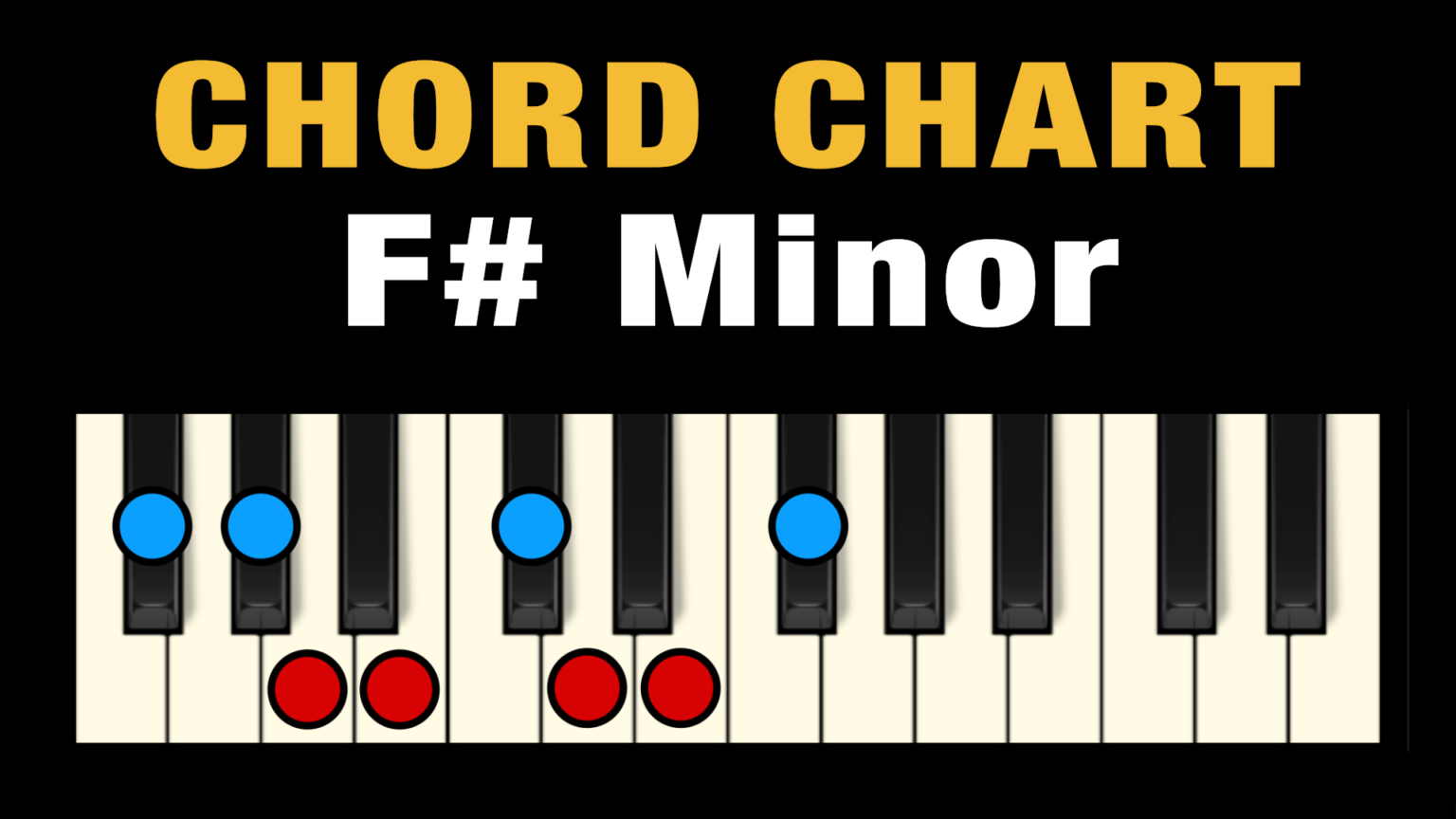
Chords in F Minor (Free Chart) Professional Composers
"Yes! Here's The Reason Why E# and F Are The Same" E# and F are tonal counterparts. Tonal counterparts are notes that occupy the same finger key on the keyboard and have the same pitch. When played, there is no difference between E# and F: E#: F: The equivalence between E# and F is the reason why they are considered to be the same note.

F Sharp Minor Scale on Piano Natural Harmonic Melodic YouTube
Short video series showing where each key is on pianoFull Playlist here https://youtube.com/playlist?list=PLKI5HzI-ZLb4IVa2t6EpdL_EoTb_K-AuU

practice How do I know that this key is a flat or sharp key? Piano Music Practice & Theory
1. E-sharp major key signature This step shows the E# major scale key signature on the treble clef and bass clef. Warning: The E-sharp key is a theoretical major scale key. This means: > Its key signature would contain either double-sharps or double flats. > It is rarely used in practice, because it is too complex to use.
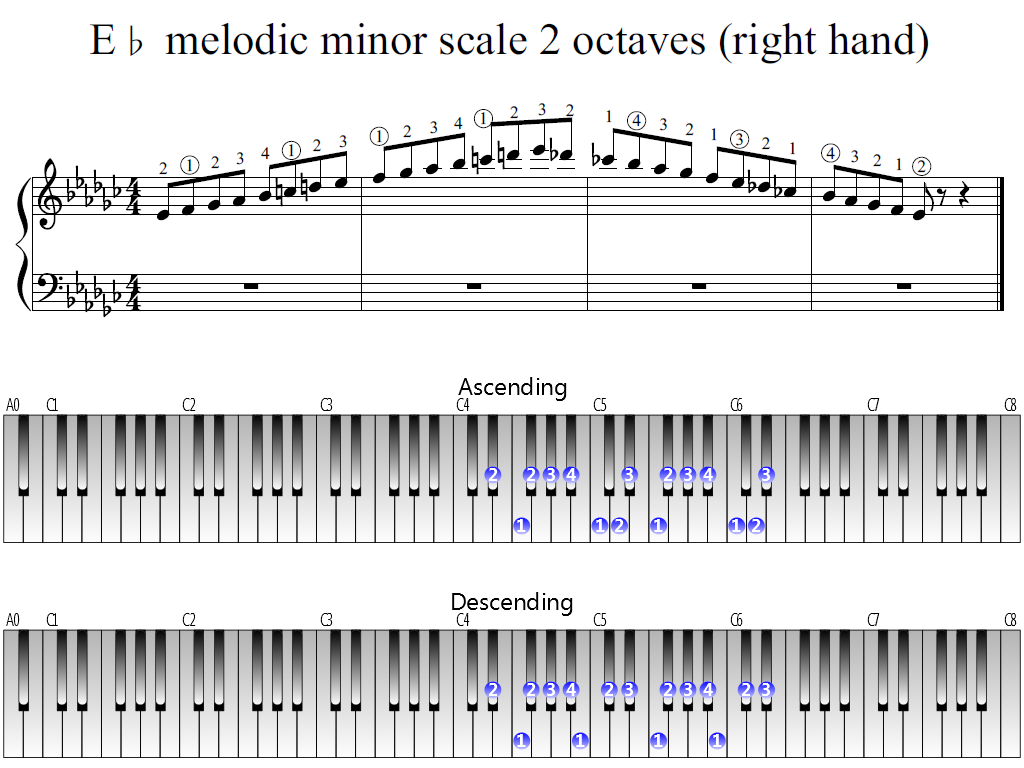
Eflat melodic minor scale 2 octaves (right hand) Piano Fingering Figures
Desktop Site E-sharp diminished triad chord The Solutionbelow shows the E-sharp diminished triad chordin root position, 1st inversion and 2nd inversion on the piano, treble clef and bass clef.
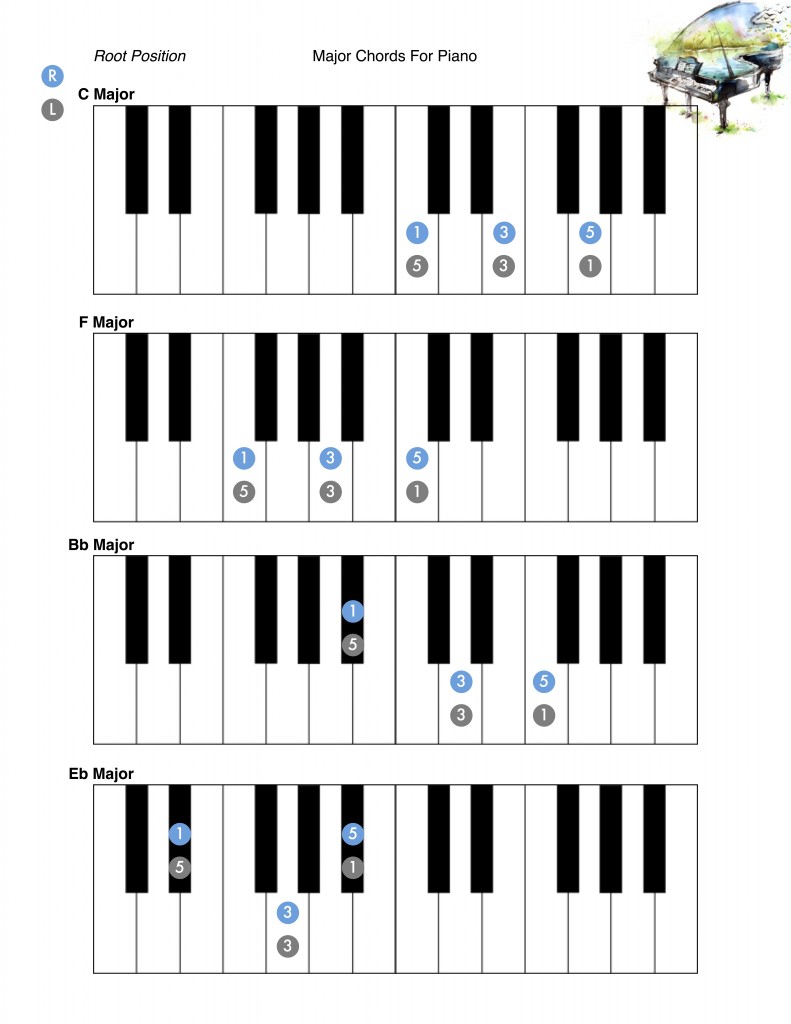
C Sharp Chord Piano Sheet and Chords Collection
A sharp symbol, when placed in front a note, increases its pitch by a half step or semitone. For instance, C♯ is a half step higher than C, and D♯ is a half step higher than D. On piano, the black keys are usually referred to as sharp or flat keys.
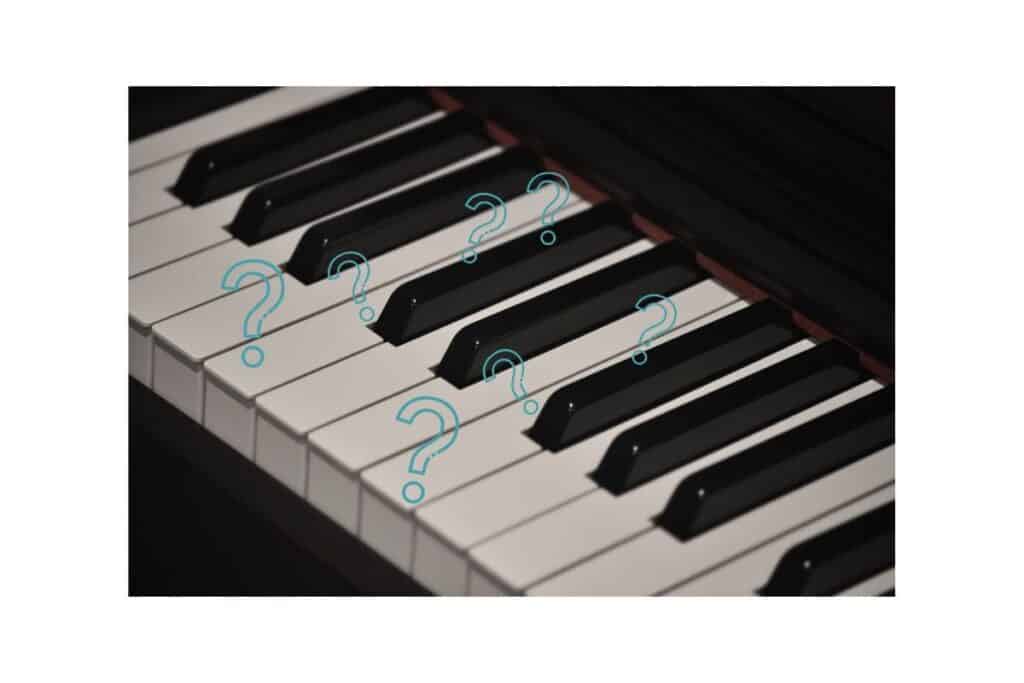
Why Is There No B or E Sharp? Secrets Unveiled Sound Adventurer Exploring the World of Music
Get more piano lessons & materials at https://www.HoffmanAcademy.comJoin our Facebook community: https://www.facebook.com/HoffmanAcademy/Need a piano? Check.

piano How to play this double sharp note Music Practice & Theory Stack Exchange
Abbreviation E♯ Enharmonic equivalents F G-double-flat E-sharp on piano E-sharp on guitar E-sharp on ukulele E-sharp on the staff Translations of E-sharp Spanish mi sostenido Learn how to play the note E-sharp on piano, guitar, and ukulele. View the position of E-sharp in different octaves and listen to the note.

How Accidentals Work in Music Do Re Mi Studios
Are you looking for a Piano and Music Theory Tutorial on the E# Diminished Triad or E#dim Chord? How to play the E# Diminished Triad or E#dim Chord on piano?.

C Sharp Piano Chords Images and Photos finder
1 This question already has answers here : B -> C and E -> F, No Sharp? (8 answers) Closed 3 years ago. Recently I have seen E# in my sheet music. I play a flute but I also have a piano. And on the piano there is no black key above E. Can somebody tell me how to play E# on a flute or at least on a piano. piano Share Improve this question Follow

G Sharp Minor Melodic Scale Right Hand Online Piano Lessons YouTube
E# Piano Chord | E Sharp Major + Inversions Tutorial + FREE Chord Chart Piano Chord Charts 2.41K subscribers Subscribe 137 18K views 4 years ago Major 3-note Chords (Triads) + Inversions
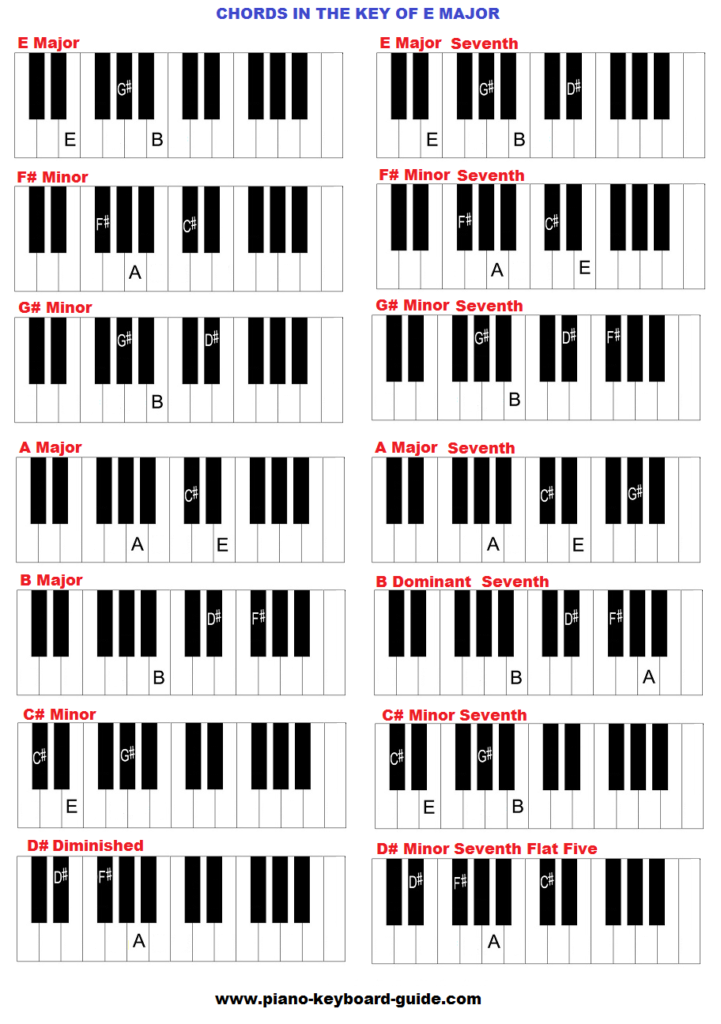
Chords in the key of E
E major chord E major chord for piano (including E/G# and E/B inversions) presented by keyboard diagrams. Explanation: The regular E chord is a triad, meaning that it consists of three notes. On the picture of the keyboard, you can see the three notes of the E chord marked in red color.
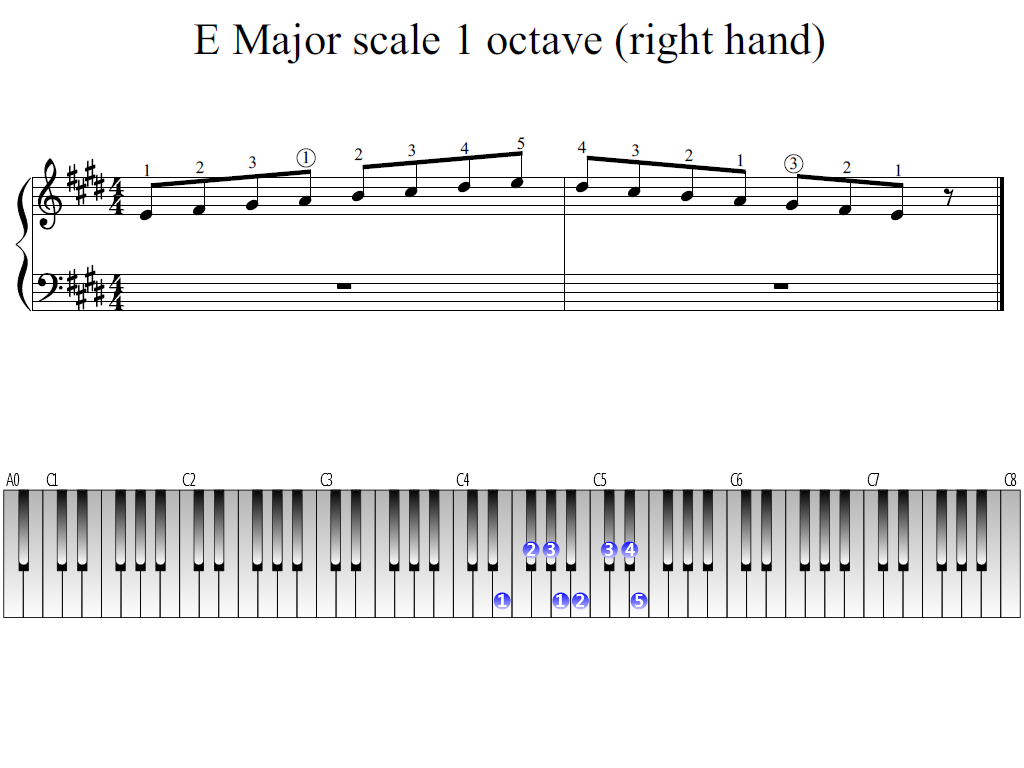
E Major scale 1 octave (right hand) Piano Fingering Figures
What makes far more sense is to not think of a sharp as one half-note higher, but instead one semitone. A semitone is the distance of one interval in the 12 note scale. 12 notes = 12 semitones. So, when a letter note has a sharp, like C, that means that C# is one semitone higher than C. Conversely, a flat would be one semitone lower.

2 Screen, Sounds, and Lights Robolink Basecamp
Here you can learn how to play the Major Scale in the key of E♯ on the Piano. As well as the scale notes, degrees and patterns of the E♯ Major Scale, where available we also provide suggested Piano fingerings. In the Piano view below, you can display the notes of the E♯ Major Scale mapped out onto the Piano keyboard and switch between the.

Who Needs ESharp Anyway? Peterson Piano Academy
How to play the E# (E sharp) Major Chord on your piano or keyboard From the chord symbol E# we get the following information: The E# chord has the note E# as root note The E# chord is a 3-note chord (a triad) The E# chord is a major chord Because E# is a 3-note chord it also has 3 inversions: Root inversion 1st. inversion 2nd. inversion

Hear Piano Note Mid D Sharp or E Flat YouTube
The notes of the E Major Scale are E F# G# A B C# D#. The key signature has 4 sharps. Press play to listen to the scale. Click the virtual piano or the notation to.